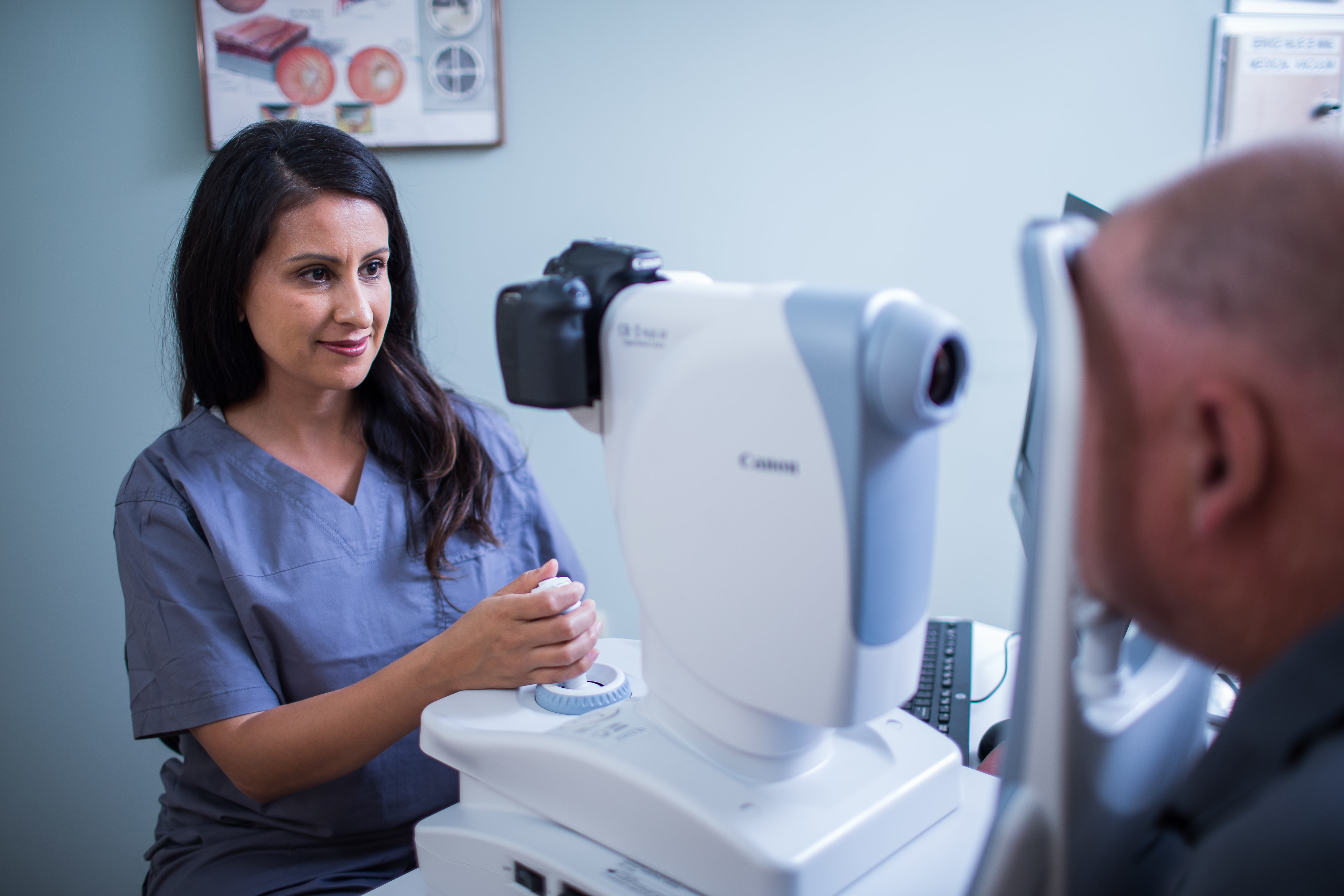The Advantages And Disadvantages of Various Refractive Surgeries for Enhanced Eyecare

LASIK Surgery
LASIK surgical procedure is a frequently performed refractive treatment that aims to correct vision concerns such as astigmatism, nearsightedness, and farsightedness. During the treatment, a thin flap is developed on the cornea, and a laser is used to improve the underlying cells, remedying the refractive error.
Among the primary benefits of LASIK surgical procedure is the quick improvement in vision experienced by many clients. Many individuals discover a significant enhancement in their vision shortly after the procedure, with very little downtime needed for recovery. Furthermore, LASIK is known for its high success rate and reduced incidence of problems when performed by experienced doctors. Nevertheless, like any type of procedure, LASIK additionally brings some threats, including dry eyes, glow, halos, and under or overcorrection of vision. It is necessary for individuals considering LASIK surgical procedure to undertake a comprehensive assessment by an eye care professional to establish if they appropriate prospects for the procedure.
PRK Procedure
The PRK treatment, also referred to as Photorefractive Keratectomy, is a sort of refractive surgery that aims to fix vision issues comparable to LASIK surgical procedure. Unlike LASIK, which involves developing a flap in the cornea, PRK services the surface layer of the cornea. During the PRK treatment, the outer layer of the cornea, called the epithelium, is removed to permit improving of the underlying corneal tissue with an excimer laser. This improving assists to remedy refractive mistakes such as astigmatism, farsightedness, and nearsightedness.
One of the benefits of PRK over LASIK is that it removes the threat of flap-related issues because no flap is developed during the surgical procedure. Despite the longer recovery duration, PRK can be an appropriate option for individuals looking for vision improvement surgical treatment.
SMILE Surgery
An advanced refractive surgical procedure method obtaining popularity in the field of ophthalmology is SMILE Surgical procedure. Little Laceration Lenticule Extraction (SMILE) is a minimally intrusive treatment that corrects vision by improving the cornea making use of a femtosecond laser. Unlike traditional LASIK surgery, SMILE Surgery includes developing a tiny cut in the cornea to draw out a lenticule, which leads to less disruption to the corneal framework and potentially faster healing times.
Among the main benefits of SMILE Surgery is its capacity to treat myopia (nearsightedness) and astigmatism with high accuracy, leading to exceptional visual outcomes for clients. The minimally intrusive nature of the procedure also lowers the danger of difficulties such as completely dry eye disorder, making it a positive alternative for people looking for refractive surgical treatment.

LASEK Method
Having actually explored the benefits and considerations of SMILE Surgical procedure, one more notable refractive surgery method worth examining is the LASEK Method. LASEK, which represents Laser-Assisted Subepithelial Keratectomy, is a form of laser eye surgery that aims to deal with refractive mistakes such as nearsightedness (nearsightedness), hyperopia (farsightedness), and astigmatism.
Unlike LASIK, LASEK does not entail creating a corneal flap. Rather, throughout a LASEK procedure, the specialist utilizes a diluted alcohol option to loosen the thin outer layer of the cornea, referred to as the epithelium. This layer is then gently relocated apart to permit the laser to improve the underlying corneal tissue. When the cornea has actually been reshaped to the wanted degree, the epithelial layer is repositioned.
One of the primary benefits of LASEK is that it can be suitable for individuals with thin corneas who might not be click to read great candidates for LASIK. In addition, LASEK typically leads to very little post-operative discomfort and a quicker recuperation time compared to PRK. The aesthetic recovery process with LASEK may be a little longer than with LASIK.
Implantable Call Lenses
Implantable Call Lenses use a long-term vision modification service for individuals looking for an alternative to traditional get in touch with lenses or glasses. These lenses, also called phakic intraocular lenses, are operatively put right into the eye to deal with refractive errors such as myopia (nearsightedness), hyperopia (farsightedness), and astigmatism. neurologist Andalusia. Unlike conventional contact lenses that rest on the surface area of the eye, implantable get in touch with lenses work within the eye itself, giving clear vision without the demand for daily maintenance or removal
One of the crucial benefits of implantable contact lenses is their durability. When inserted, they can stay in the eye forever, providing stable and constant vision modification. Furthermore, these lenses can be a superb choice for individuals who are not great candidates for laser eye surgery or who like a relatively easy to fix vision correction treatment.
Nonetheless, implantable get in touch with lenses do bring some threats, consisting of the potential for cataracts or enhanced eye stress. It Homepage is vital for people considering this option to seek advice from an eye treatment specialist to establish if implantable call lenses are the ideal option for their certain requirements and eye health.
Verdict
In verdict, each kind of refractive surgical treatment has its very own advantages and negative aspects. LASIK surgical treatment is prominent for its quick healing time, while PRK treatment may be ideal for clients with slim corneas.

In General, SMILE Surgery presents an encouraging alternative for individuals looking to improve their vision with refractive surgical procedure.